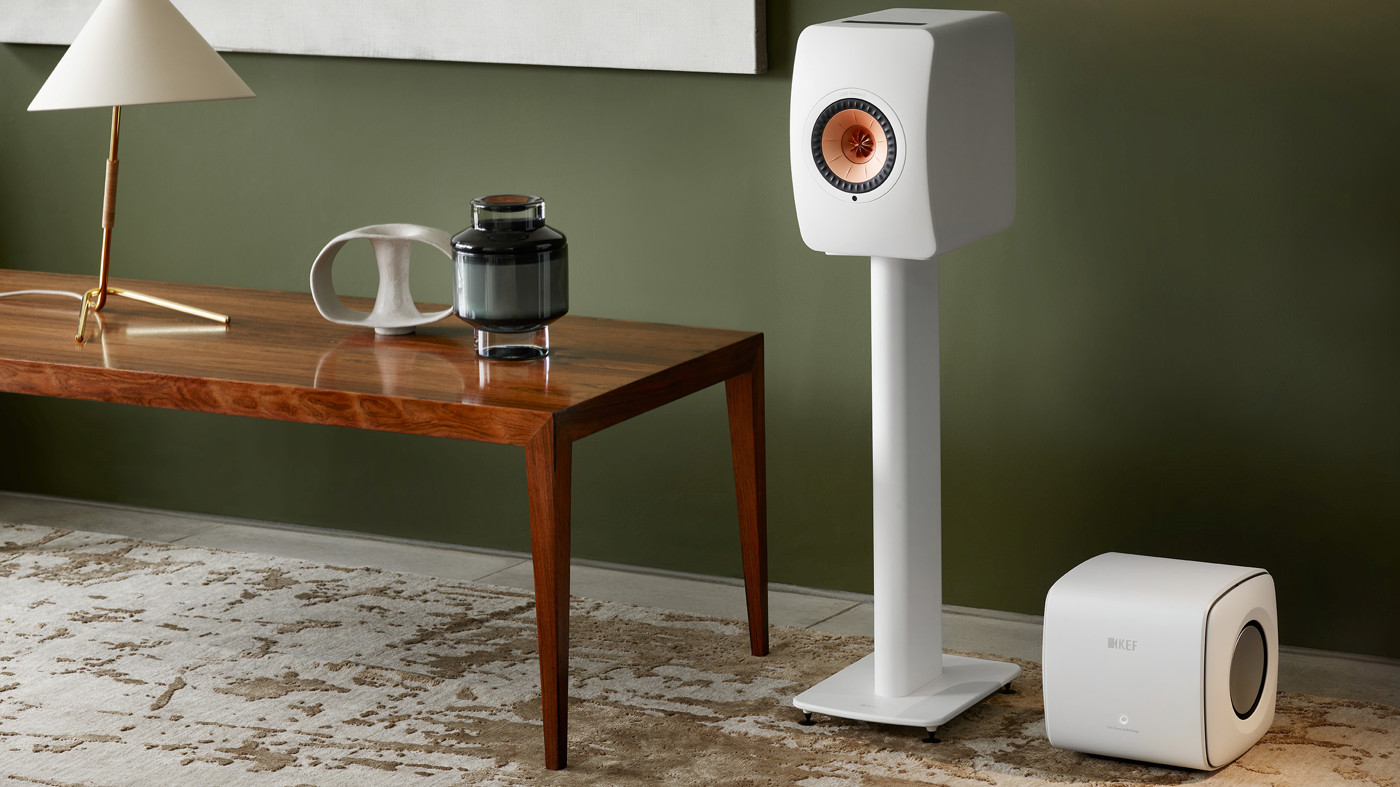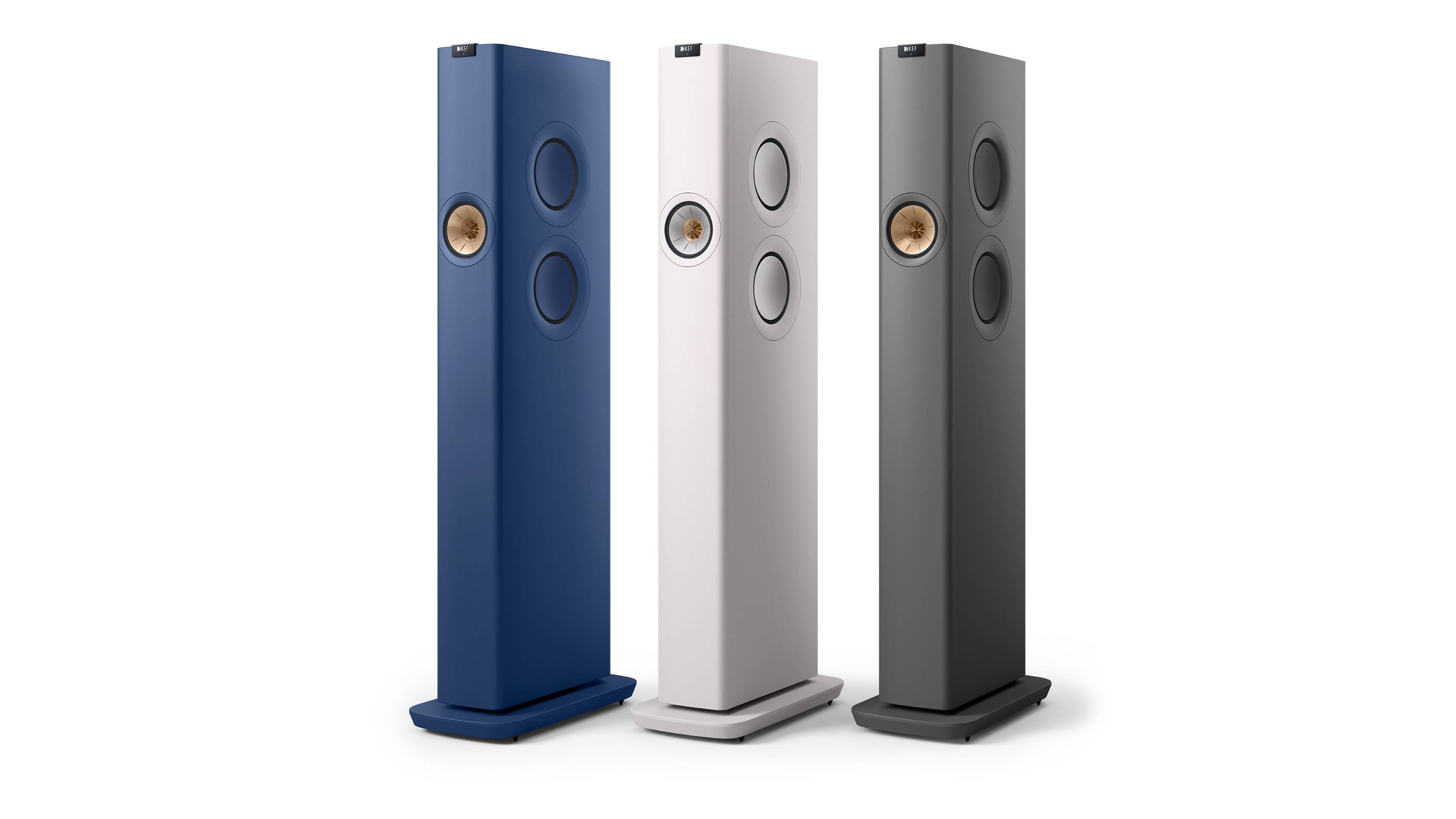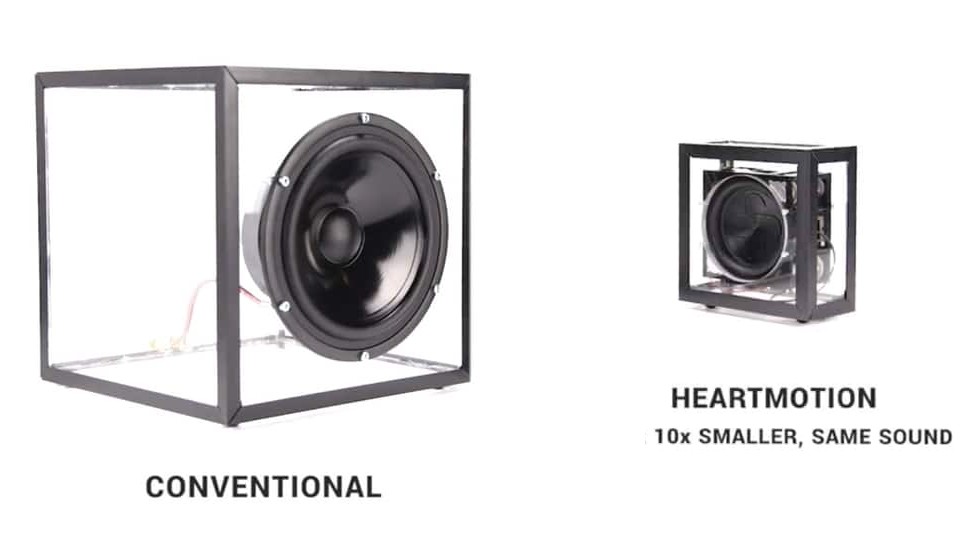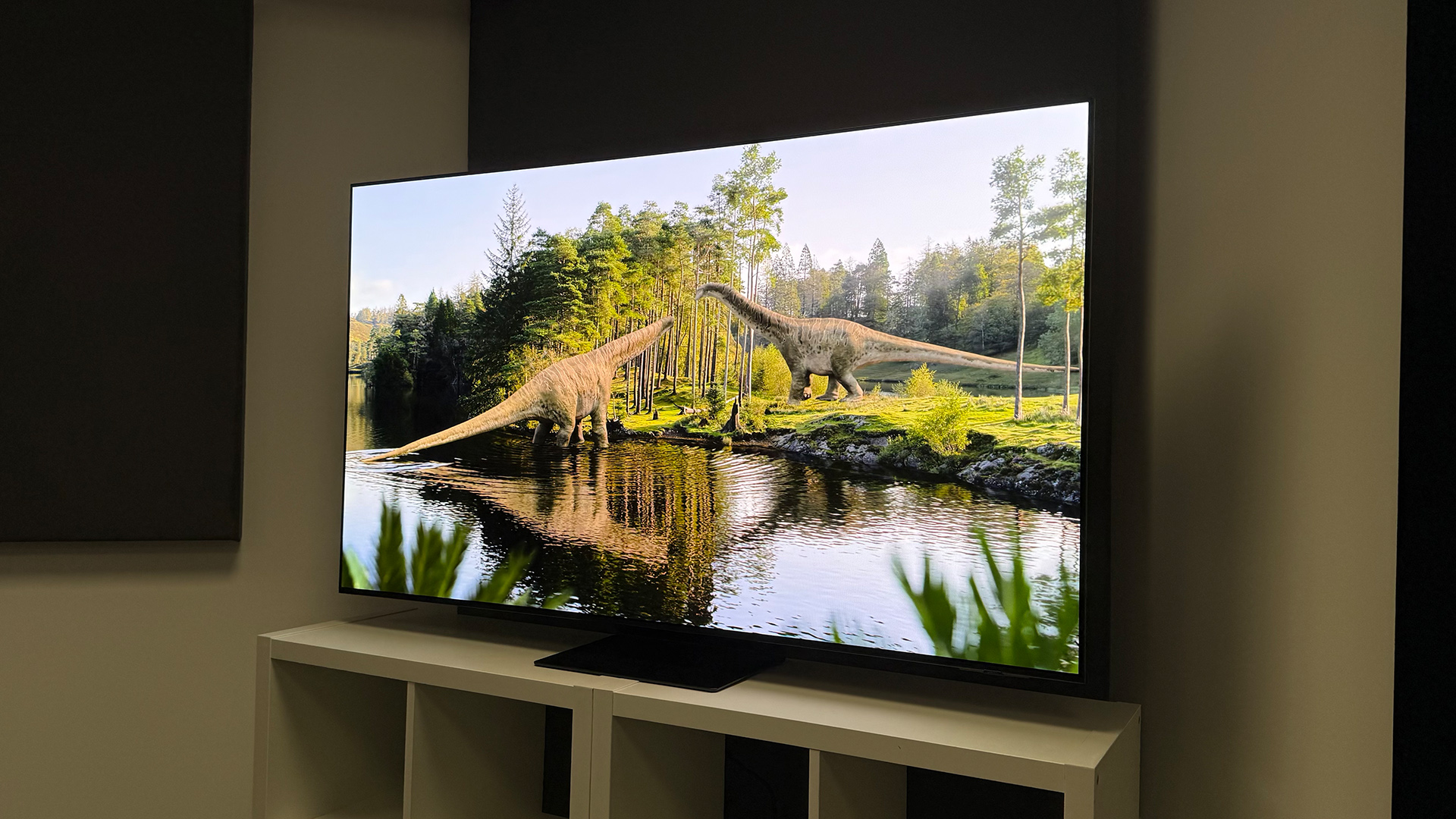Why 2023 will likely be a year of better but smaller hi-fi and audio
Expect bigger things from smaller packages

So, we appear to have gone full circle. We wanted our audio systems and music listening to be more convenient and flexible to suit our daily routines, so we compressed our music to MP3 so that we could consume it more easily, we went big on headphones and wireless speakers that could easily be accommodated at home and outside it, and we even packed our hi-fi into smaller, more domestically friendly packages and called it ‘lifestyle’. As a result, today’s audio systems and music listening have never been so versatile. We really are living in a golden age of audio, and not only with regards to music: podcasts and interactive audio-led content are growing hugely in popularity.
And yet there is an increasingly loud murmur from people who want some of the quality that was lost along that journey back. We – no, not everyone but a growing crowd – want to hear music in better quality and enjoy that quality on offer through better-sounding devices. Of course, we don’t want to turn back time to when cumbersome, inflexible audio hardware was all we had. Of course not! We don’t want to sacrifice the convenience we have come so far to obtain. Hell no! We want both in large, albeit equal, measures – quality and convenience. And I reckon we’re going to get our wish. Because there has been evidence of a drive to create better performances from smaller hi-fi and audio of late, and that's bound to gain momentum next year.
These improved smaller solutions might not ever be sonically superior to the best bigger ones, but they could seriously reduce the gap and (ever-present) compromise that exists today.
KEF with Uni-Core
KEF is one of the more established brands that has taken this (loosely termed) ‘lifestyle hi-fi’ to the extreme to make seriously high-quality sound output achievable from a slimline, stylish speaker system that both parties in a divorce suit would fight for.
This isn’t easy to achieve – if it was, every manufacturer would offer something similar. Quite simply, science doesn’t like it, because it states that big bass output and high (distortion-free) volume output requires big cabinet volume and a big driver. Them be The Rules. But KEF found a way to bend them with its Uni-Core technology, which was crucial in developing its aforementioned, 13cm-wide LS60 Wireless streaming speakers and its KC62 subwoofer half the size of a traditional one.
You can read all about Uni-Core – our Innovation of the Year – here, but essentially the existence (and success) of that new technology is why we are bound to see at least one petite powerhouse arrive in 2023 to further demonstrate that good and small can go hand in hand better than it already does. I wouldn’t be surprised, too, if other hi-fi manufacturers found similar ways to overcome The Rules.

Sonos with HeartMotion
One brand that has also been doing this welcomely disruptive section of God’s work, but that is very different to KEF, is Mayht – a Dutch startup company whose patented HeartMotion balanced membrane driver/transducer technology has been explicitly designed to offer bigger sound from smaller packages. According to Mayht, ‘a 3.5-inch diameter Heartmotion driver has the same output as a conventional 8-inch diameter driver’, ‘the enclosure around the Heartmotion driver can be over 10x smaller than a conventional driver’s enclosure, and the Heartmotion driver does not need more amplifier power to overcome the high air pressure inside the enclosure’.
The latest hi-fi, home cinema and tech news, reviews, buying advice and deals, direct to your inbox.
Why is this a big deal? Because earlier this year Mayht was acquired by none other than Sonos. So imagine that Sonos Five sound coming from a Sonos One body, or better yet that ‘proper’ stereo system sound coming from one modestly sized unit or pair of super-slender cabinets. Sonos is reportedly planning to enter four new product categories in the near future – at least one next year, apparently – and more home speakers seem to be very much on Sonos’s 2023 roadmap too. Considering Sonos has its small speaker lineup sorted, I reckon it’ll go big. But small. You know what I mean. So that is at least one other big-brand product we’re likely to see unite big sound and small build next year.
- Sonos wireless headphones: release date news, rumours, and all of the leaks

Class D no longer a dunce
Class D has increasingly become the amplification design of choice for the majority of audio kit, such is its efficiency, low heat dissipation needs and physically smaller and lightweight form compared to traditional Class A/B/AB designs, but it has been, largely deservedly, considered the sonically sub-par Class over the years. Has it helped make smaller hi-fi? Yes. Generally better-sounding hi-fi? No. But while the technology has inherent limitations, Class D amplifiers can be seen to be improving, not least because amplifier manufacturers’ implementation of Class D can be seen to be improving. Cambridge Audio did a good job harnessing Hypex’s Class D amplifier inside its Evo streaming amplifiers, for example.
When Class D is done right, it can be appealing. Most of the amplifiers we recommend today do not use it, but if it continues to advance, it could be a more tempting option for amplifier manufacturers and consumers.
- Our expert pick of the best stereo amplifiers
Smaller and smaller until… invisible?
In the more distant future, we’ll likely see a significant surge in ‘invisible’ audio hardware, a concept that is already rife in architectural audio (think speakers discreetly installed in walls) and emerging in more domestic designs too (such as Sonos and IKEA’s speaker lamp collaborations). Mind you, whether or not sound quality is being preserved here is questionable. More feasible in the shorter term is perhaps a growing acceptance for a move away from traditional boxes in favour of compact, ‘contemporary’ designs.
Suppose streaming is going to continue its increasing dominance over physical music (even vinyl growth is now finally slowing), as looks to be the case. In that case, our hi-fi source might naturally become slimmer and smaller – just because it can. This is already happening, as evidenced by your Bluesound Nodes, your Sonos Ports and your Pro-Ject Stream Boxes, though there has been a reluctance to universally ditch the full-width casing that for most amplifier-less electronic components is largely unnecessary. Unlike CD drives and turntables, streaming products chiefly require a small chip (to harness the streaming) and a small DAC (to convert digital music into analogue). Indeed, much of the space inside many streamers with traditionally sized chassis is just that – space.
Perhaps the growing momentum behind sustainable technology will also encourage product size reductions where possible, too.
MORE:
The best hi-fi systems you can buy
I found the vinyl revival underwhelming... until I made one effective system upgrade
JBL's Principal Engineer talks compression drivers, speaker design and the L100 Classic
Portable hi-fi has progressed so much, I'd choose it over a traditional system

Becky is a hi-fi, AV and technology journalist, formerly the Managing Editor at What Hi-Fi? and Editor of Australian Hi-Fi and Audio Esoterica magazines. With over twelve years of journalism experience in the hi-fi industry, she has reviewed all manner of audio gear, from budget amplifiers to high-end speakers, and particularly specialises in headphones and head-fi devices.
In her spare time, Becky can often be found running, watching Liverpool FC and horror movies, and hunting for gluten-free cake.
